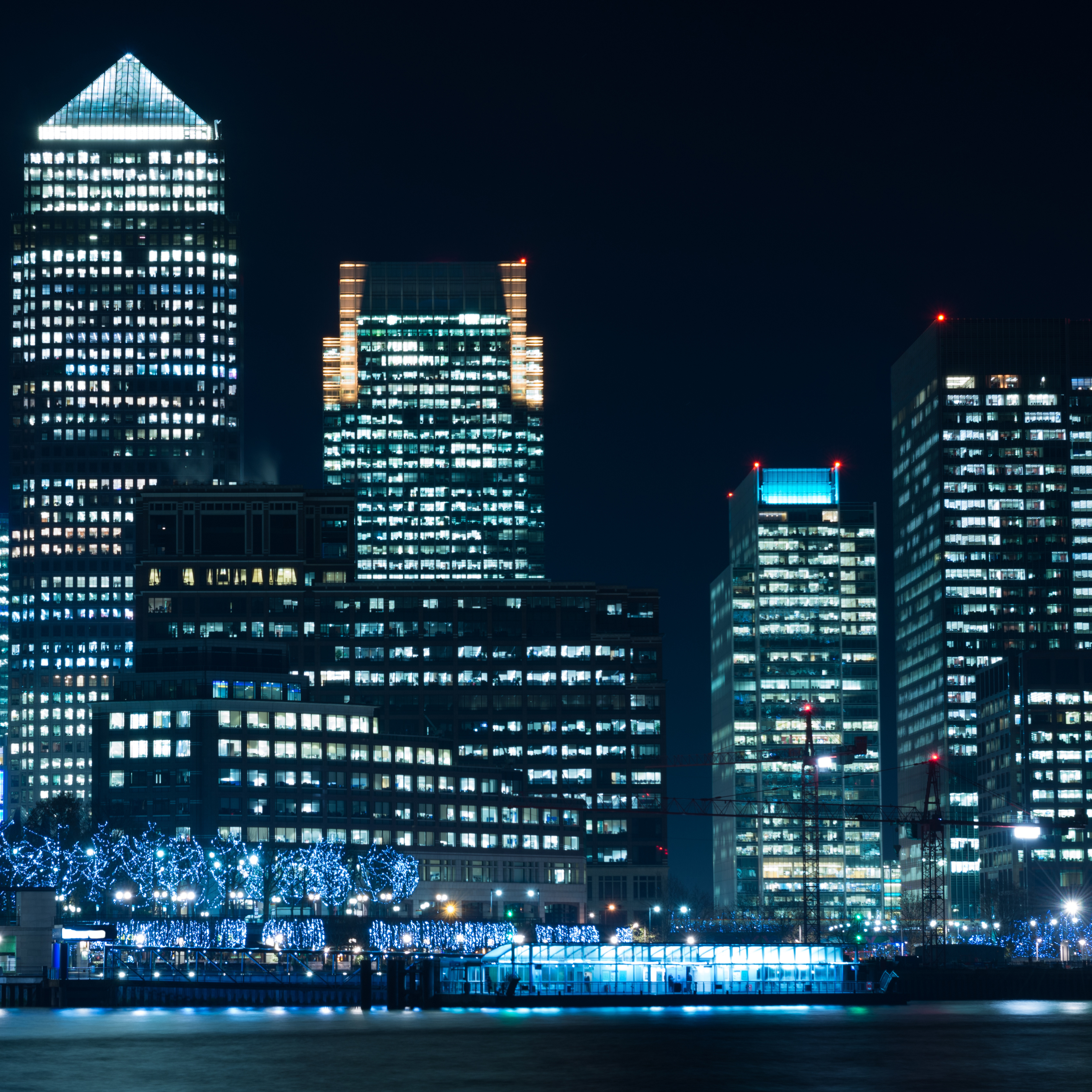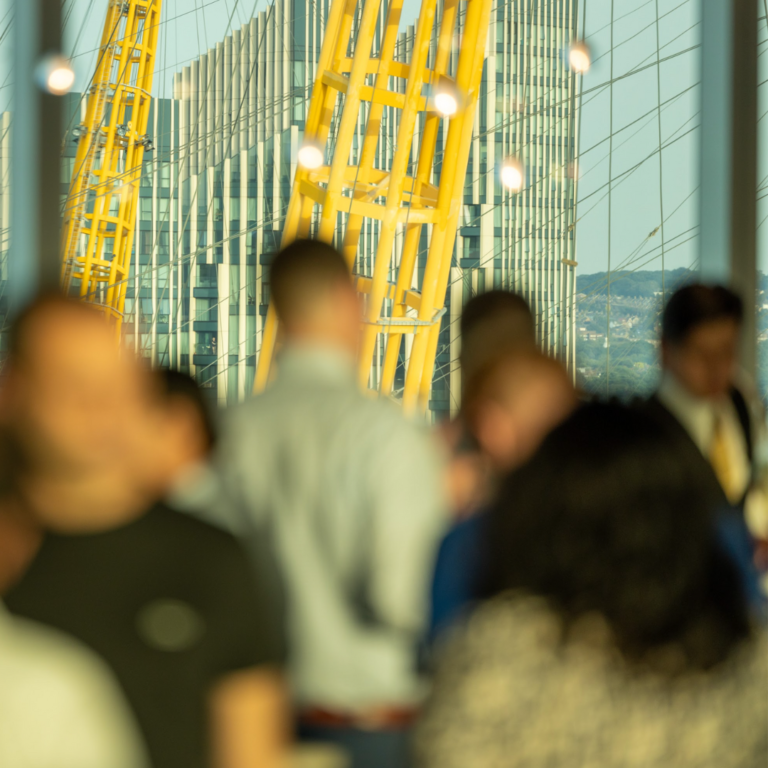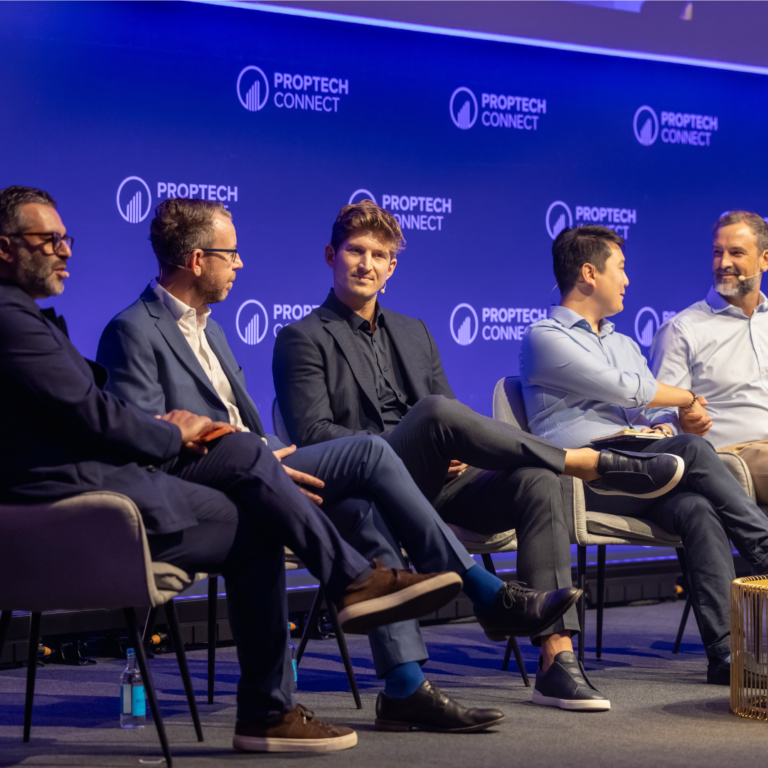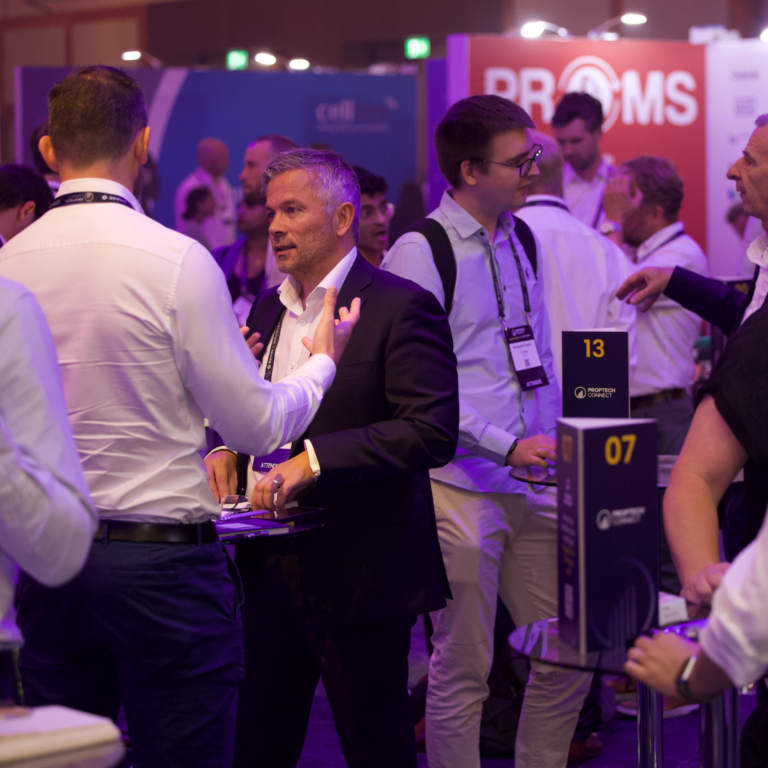Following a smart building thought leadership roundtable at PropTech Connect Europe 2024, LMG (
lmgiq.com)’s
Mike Hook reflected on the key discussions that revolved around unlocking smart buildings’ potential.
The following article was written by Mike Hook.
Here are his key takeaways:
When it comes to sustainability and creating human-centric workspaces, the UK’s commercial property market faces a difficult decision. On the one hand, there is pent-up demand for smarter buildings that promise greater efficiency and enhanced occupant experiences. On the other, up-front costs, complex retrofits, and an uncertain regulatory landscape are all conspiring to hamper progress.
The result is, that despite a clear appetite for greener buildings, this uncertainty is forcing stakeholders to weigh up whether the long-term gains of smart technology outweigh the short-term obstacles.
Which poses an obvious question: what can the industry do to address the barriers impeding progress?
First, there needs to be a change in mindset. The case for smarter, greener, buildings is no longer a fringe issue driven by a small number of idealists. Instead, sustainability is mainstream and it’s up to the commercial property industry to capitalise on this by devising a more pragmatic approach to development that focuses on a quicker return on investment (ROI).
Second, the industry needs to take a more holistic approach and improve the way it measures the outcomes of smart projects so that the value can be seen — clearly and unambiguously — to aid decision-makers. In other words, we need quantifiable metrics that demonstrate the value of smart building initiatives.
And finally, the industry needs to improve the way it communicates the value and benefits of smart building investment. That means sharing good practice and collaborating more.
Developing a strategy for the short and medium-term
At a recent industry event, our view was confirmed that it’s tenants — rather than landlords — who are driving much of the demand for smart buildings. Tenants — employers — believe improving the quality of buildings and the overall user experience is vital if they are to encourage staff to return to the office.
One way to tap into this demand is to generate ‘quick wins’ that some might, euphemistically, call ‘low-hanging fruit’ projects. These could, for example, focus on improving the ‘street to seat’ experience for employees as they return to the office. Or it could focus on improving air quality which is currently a key focus for landlords wanting to attract tenants.
Throughout all our discussions, it’s clear that while it’s easier to integrate smart technologies into new build and deep retrofit projects, the challenges of light touch retrofitting such technology should not be an obstacle to progress. In fact, I would argue that retrofitting existing structures breathes new life into tired buildings making them fit for today’s tech-savvy occupants.
It may be hard work, but the results speak for themselves
The digitisation of buildings isn’t just making them more sustainable. By engaging tenants through technology — such as using gamification to motivate users to interact more effectively with the building’s smart systems — it’s also changing the behaviour of people using those buildings.
By providing users with real-time data on their energy usage, air quality control, and overall comfort settings, smart buildings can make users more aware of their behaviour and its impact on the environment. When people see tangible rewards or positive feedback for their actions, they are more likely to continue engaging in energy-efficient or operationally sound practices, which — ultimately — contribute to the building’s overall efficiency and performance.
In effect, the building and its users become part of a virtuous circle of sustainability.
But this can only happen if the industry fully embraces innovation, transparency and collaboration. By tapping into the goodwill and demand shown by tenants as well as landlords, the commercial property industry can deliver the buildings that people and businesses are demanding.
Sustainable, smart buildings are not just a vision of the future — they are the practical solution that addresses many of the concerns on today’s environmental agenda. It’s time to move beyond the barriers to progress and invest in the long-term potential of greener, more efficient spaces that benefit both the environment and the people who use them.











